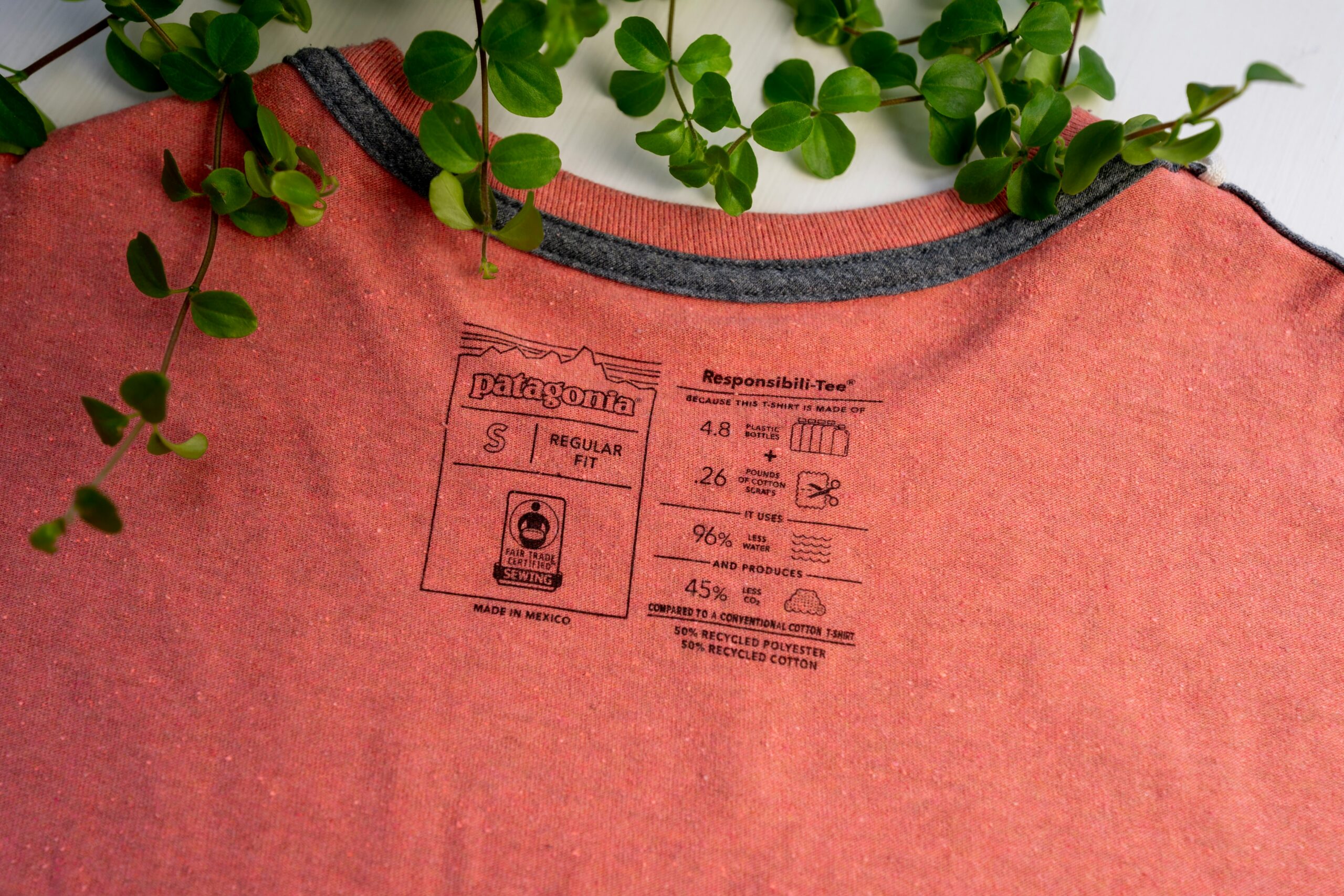Sustainable fashion is more than just a trend; it’s a movement towards a more ethical and eco-friendly future. However, even with the best intentions, it’s easy to make mistakes that can undermine your efforts. Let’s explore some common pitfalls in sustainable fashion and how to avoid them.
Understanding Sustainable Fashion
Sustainable fashion aims to minimize the environmental and social impact of clothing production and consumption. This means using eco-friendly materials, ethical manufacturing practices, and promoting a longer lifecycle for garments.
Common Mistakes in Sustainable Fashion
1. Falling for Greenwashing
Greenwashing is when companies falsely portray their products as environmentally friendly. According to a 2021 report by Changing Markets Foundation, 59% of green claims by fashion brands were found to be misleading or unsubstantiated. Always research brands and look for third-party certifications like GOTS or Fair Trade.
2. Overlooking the Supply Chain
Transparency in the supply chain is crucial. Brands should disclose where their materials come from and the working conditions in their factories. The Fashion Transparency Index reports that only 40% of brands disclose their first-tier manufacturers.
3. Ignoring Quality Over Quantity
Buying fewer, higher-quality items reduces waste and promotes sustainability. A 2019 study by McKinsey found that the average consumer buys 60% more clothing now than 15 years ago but keeps them for half as long.
4. Forgetting About Aftercare
Proper garment care extends their life. Use eco-friendly detergents and wash clothes in cold water. Avoid using dryers; instead, air-dry your clothes to save energy and reduce wear and tear.
5. Neglecting Second-Hand and Upcycled Options
Thrifting and upcycling are excellent ways to practice sustainable fashion. The ThredUp 2021 Resale Report states that the second-hand market is projected to double in the next five years, reaching $77 billion.
Expert Opinions
“Sustainable fashion is about making better choices for the planet and its people. It’s not just about eco-friendly materials but also about ethical practices and longevity.” – Mace Gencer, Sustainable Fashion Consultant
Actionable Tips
- Research brands for transparency and third-party certifications.
- Opt for quality over quantity.
- Support second-hand and upcycled fashion.
- Practice proper garment care.
- Stay informed about ethical practices and greenwashing.
Look for brands that offer take-back programs or recycling services to ensure your garments don’t end up in landfills.
Comparison Table: Sustainable vs. Fast Fashion
| Aspect | Sustainable Fashion | Fast Fashion |
|---|---|---|
| Materials | Eco-friendly, organic, recycled | Synthetic, non-renewable |
| Production | Ethical, fair wages, safe conditions | Exploitative, low wages, poor conditions |
| Lifecycle | Long-lasting, durable | Short-lived, disposable |
| Environmental Impact | Low carbon footprint | High carbon footprint |
| Cost | Higher upfront, cost-effective long term | Low upfront, costly long term |
| Consumer Behavior | Mindful, intentional | Impulsive, frequent purchases |
| Innovation | Focus on sustainability | Focus on trends |
| Brand Transparency | High | Low |
FAQ
What is greenwashing?
Greenwashing is when companies falsely advertise their products as environmentally friendly without substantiating those claims.
How can I verify a brand’s sustainability claims?
Look for third-party certifications such as GOTS, Fair Trade, or B Corp. Research the brand’s transparency reports and supply chain information.
Why is quality over quantity important in sustainable fashion?
High-quality items last longer, reducing the need for frequent replacements and thereby minimizing waste.
What are some eco-friendly garment care tips?
Use cold water for washing, eco-friendly detergents, and air-dry your clothes to prolong their life and reduce energy consumption.
Conclusion
Embracing sustainable fashion means making informed choices that benefit both the environment and society. By avoiding common mistakes like falling for greenwashing, overlooking supply chains, and neglecting garment care, you can contribute to a more sustainable future. Remember, every small step counts. Let’s make mindful fashion choices together!




Leave a Reply